by Myles Goodwin – Rural Subdivision Expert I Planning & Environmental Director – Cato Bolam Consultants
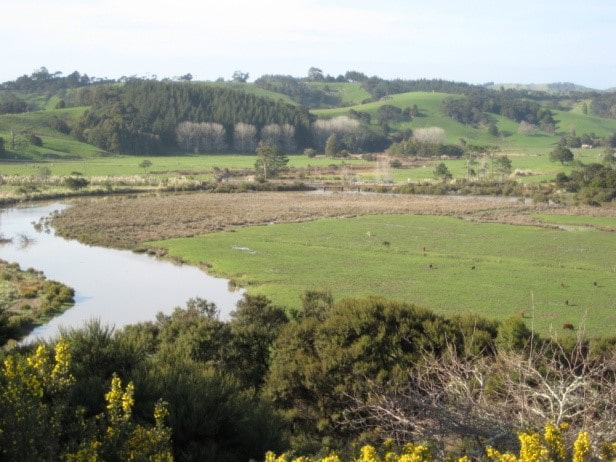
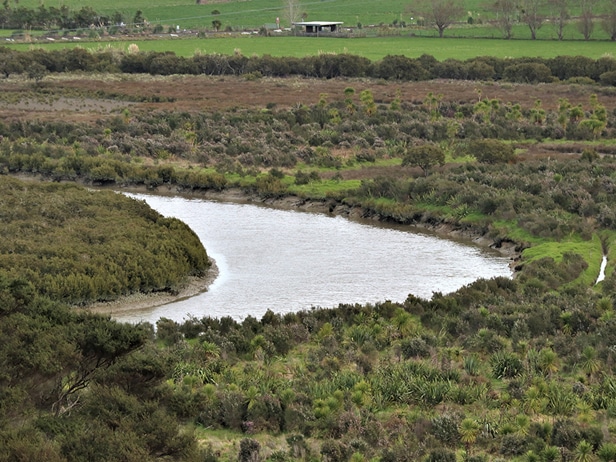
Auckland’s rural subdivision rules aim to provide a win/win situation. A land holder gains a valuable new title with the ability for a new dwelling to be constructed, while a valuable contribution is made to the environment.
Rural subdivision rules have been subject to many changes over the years, and changes are still occurring. The rural rules are the last part of the Auckland Unitary Plan (AUP) yet to be finalised. However, before the end of the year, following the release of an Environment Court ruling, it is hoped that there will be a final set of rules that cover all the rural zones over the entire Auckland region, bringing certainty and consistency. These rules have been developed over the last seven years, since the AUP was first notified in 2013.
In the Rural Production, Mixed Rural and Rural Coastal zones, which form the bulk of the rural area, nearly all subdivision is based on protecting existing good quality wetlands, good quality bush, or planting bush in circumstances that meet Plan requirements. If natural areas are shown as Significant Ecological Areas (SEA) on the AUP maps then they automatically qualify in regard to quality, and the only question becomes the area. Areas of degraded natural wetland can also be restored to be of SEA quality and, if of sufficient area, should qualify as the basis of a subdivision. Bush and wetland areas not shown as SEA, but which are in fact of SEA quality when professionally assessed on site may also qualify for subdivision rights. The minimum area for wetland is 0.5ha, or 5,000m2. The overall aim of these rules is to provide incentives for the permanent protection of areas of bush and wetland, incentives to restore wetland and incentives to plant less productive or steeper land back into bush. Ecological benefits include habitat creation, flood mitigation, land stabilisation, carbon sequestering and water quality improvements. The subdivision rules aim to provide a win/win situation. A land holder gains a valuable new title with the ability for a new dwelling to be constructed, while a valuable contribution is made to the environment. The natural area must be protected from stock, be placed under permanent legal protection and have weed and pest control work undertaken.
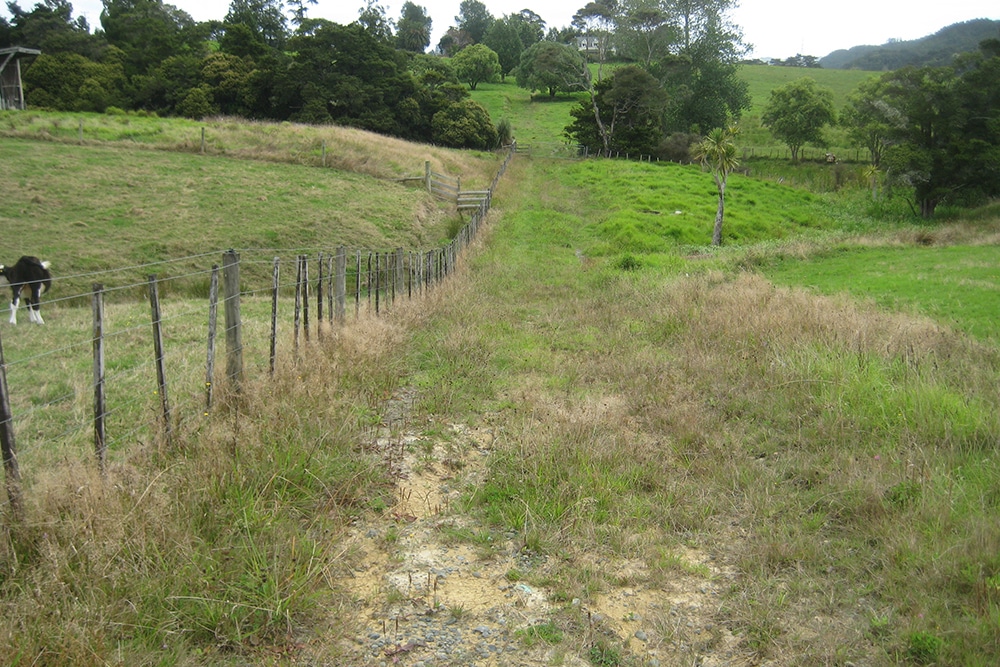
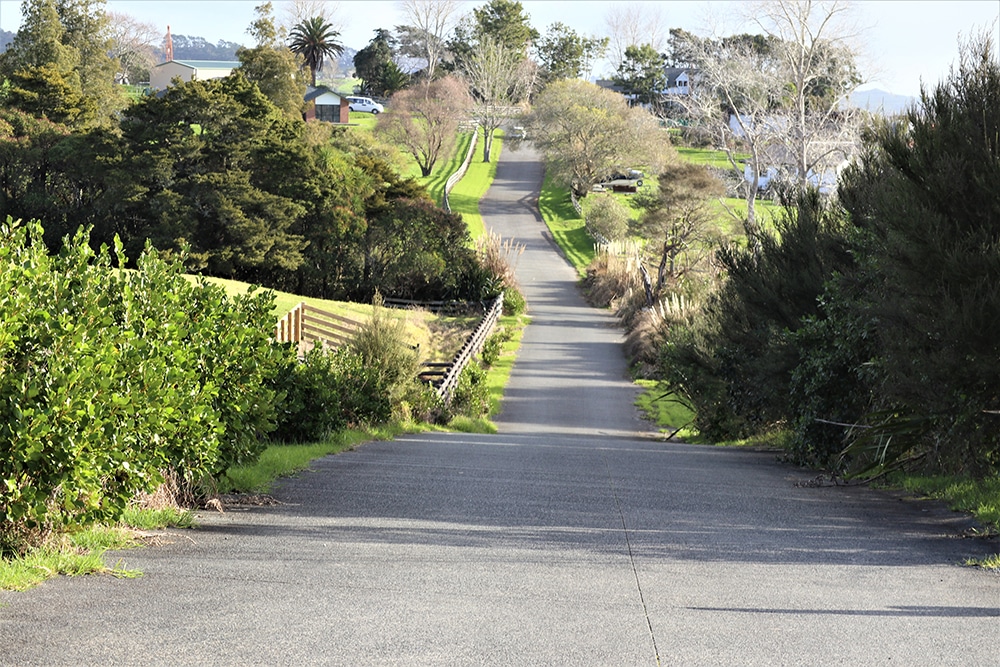
New titles are created based on a minimum area of bush, bush planting or wetland, with additional titles available as the area being protected increases. All new titles must have an area between 1ha and 2ha. Titles must be located so that practical access is available to a stable building platform, and power is generally supplied to lot boundaries.
As an alternative to creating a title on the property, the right to create the title can be sold as a Transferrable Rural Subdivision (TRS) right. This means the title is not created on the property with the bush or wetland, so a landowner gets to retain all their land, and not have any additional neighbours. The TRS is sold into parts of the Countryside Living zone that allow for this, the bulk of which is located in the northern part of the region. There are several thousand hectares of this zone, so there is an ongoing demand for TRS. The overall aim of this system is to retain an incentive to protect natural areas, while also providing a methodology for avoiding the creation of titles in the rural areas, thus slowing the increase in the number of titles and dwellings in the rural areas.
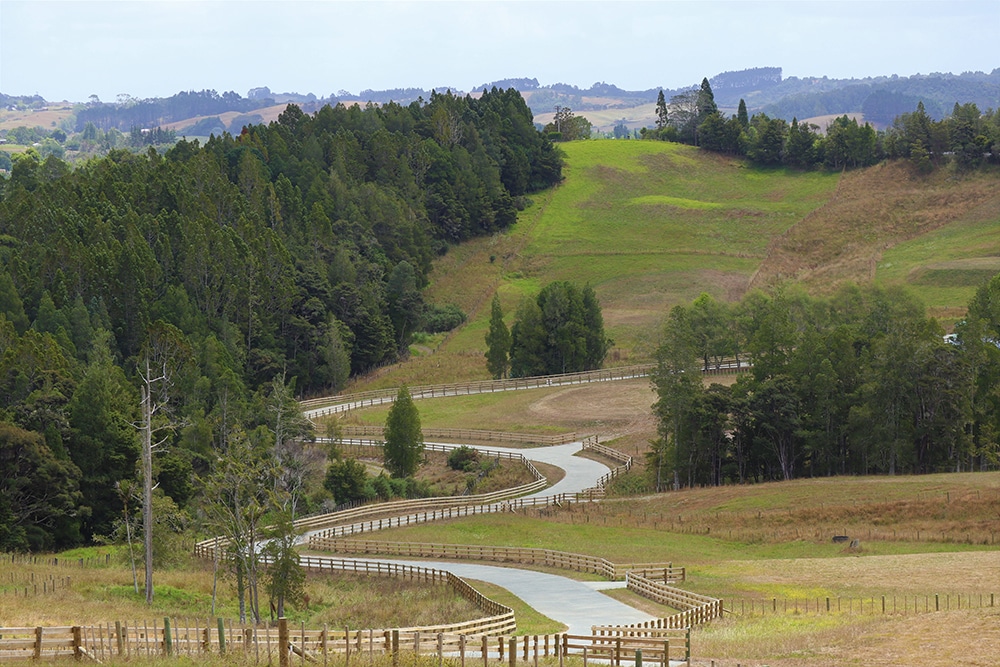
The other type of rural zone is the Countryside Living zone. The intention of the AUP is that the bulk of Countryside Living will occur in this zone. In the southern parts of the region this zone has many what are termed “precinct” overlays, which alter fundamental subdivision site sizes and general subdivision requirements. Every property in this zone requires a specific assessment against both the zone and precinct rules. Only one part of the Countryside Living zone in the south can use TRS in a quite restricted manner. However, in the northern parts of the region, most of the Countryside Living zone can use TRS to subdivide down to a 1ha average site size. In the north, subdivision to a 2ha minimum site size is possible without TRS, and in the south the precinct overlays create a wide range of possible site sizes.
Myles Goodwin and the Cato Bolam team provide start to end subdivision services including; planning, surveying, engineering, architecture and environmental. Contact Myles for an obligation free discussion via [email protected]

